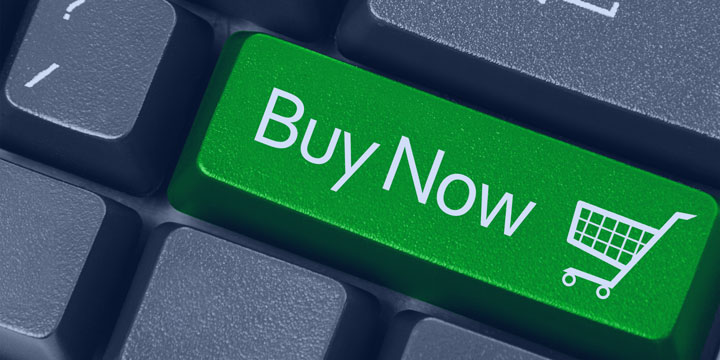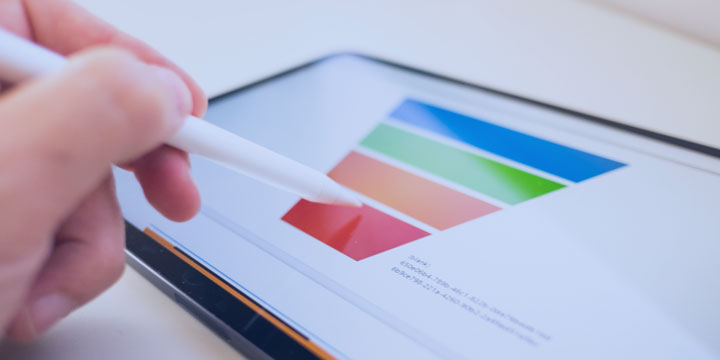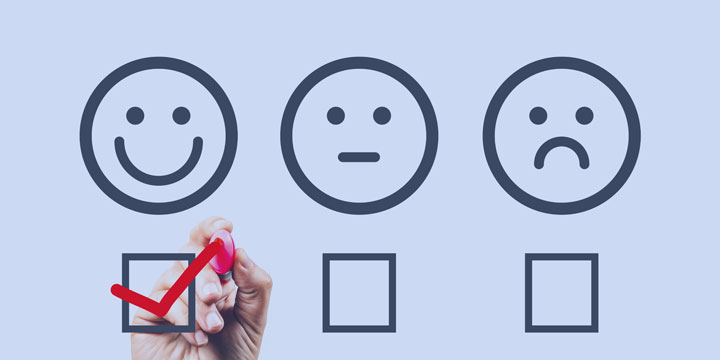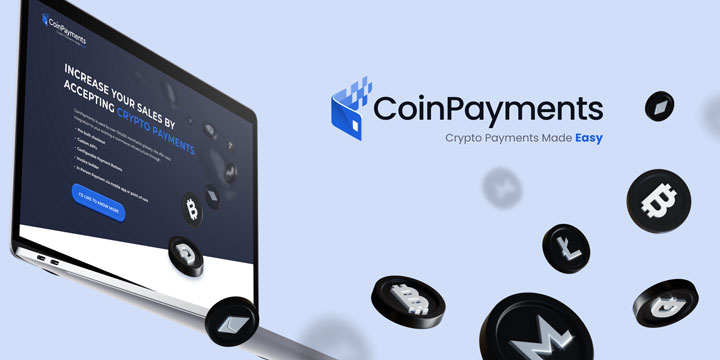You might often hear the term “ecommerce conversion funnel”, but what does it exactly mean? Let’s start with the basics.
As an eCommerce business, you know the importance of having a roadmap to achieve your goals. But let’s face it, having a plan is just the beginning. To truly excel, we must go beyond the blueprint.
Optimization is the key here. To make the most of your marketing efforts, you need to analyze your conversion funnel and identify areas for improvement. It’s not about making changes; it’s about strategic insights.
Understanding why potential customers abandon their carts is crucial when running an eCommerce site. That’s where conversion funnel analysis comes in. This article will guide you through the process, starting with the fundamentals.
What Is a Conversion Funnel and Why Does It Matter for eCommerce?
Imagine your eCommerce store as a pathway guiding potential paying customers. That pathway is what we call a conversion funnel. It’s a series of stages in a buyer’s journey, from the moment they become aware of your brand to the point where they take action and buy your product.
The conversion funnel is in three main sections:
- Top of the funnel (TOFU)
- Middle of the funnel (MOFU)
- Bottom of the funnel (BOFU)
Each stage represents the level of awareness and engagement of a potential customer.

So, why is the eCommerce conversion funnel important?
A. Maximizing the Stages of the Customer Journey
As we previously stated, your sales funnel is like a series of well-orchestrated steps your customers take while interacting with your online business. Every stage matters, from when website visitors land on your site to the delightful moment they become repeat customers.
At the top of the funnel, you’ll have those website visitors, the folks just checking things out, maybe seeing what you’ve got. As they move through the funnel, they get more engaged, and you’ll need to provide them with the right information, value and experience to keep their interest piqued.
B. Identifying Potential Bottlenecks and Areas for Improvement
This part is vital. The eCommerce conversion funnel helps you pinpoint those pesky bottlenecks that might be holding your customers back. By tracking their movement through the sales funnel, you can identify the exact stages where they drop off or lose interest.
Just visualize knowing precisely where potential customers are saying, “Nope, this isn’t for me,” and then turning things around to say, “Hey, wait, we’ve got something awesome for you!” It’s like converting a “no” into a “heck yeah!”
C. Streamlining the Customer Experience for Higher Conversions
Alright, here’s the big payoff – higher conversions! While analyzing your eCommerce conversion funnel, you can start fine-tuning the entire customer experience.
Look at it this way: by understanding how customers interact with your site, you can optimize each step, remove unnecessary friction and make the journey as smooth as butter. You’ve got it right when it’s easy for customers to find what they want and complete their purchase hassle-free.

Now, let’s explore the stages of an eCommerce conversion funnel in detail.
The Stages of the Conversion Funnel
Let’s break down the funnel stages and see how you can boost your eCommerce businesses through conversion funnel optimization.

A. Top of Funnel – Awareness stage
Picture the funnel like a wide-open gateway to your eCommerce business. At this stage, your main goal is to create awareness among your target audience. Marketing plays a key role here, and you want to shout from the rooftops about your amazing brand. Social media, content marketing, and eye-catching ads are your go-to strategies to attract potential customers to your website.
B. Middle of Funnel – Interest Stage
Now that you’ve caught the attention of some prospects, it’s time to turn up the charm and woo them toward making a purchase. You’re nurturing leads, making them feel warm and fuzzy about your products. This is where persuasive product presentations and compelling content shine.
Oh, and let’s not forget the psychological triggers. Crafting urgency, scarcity, and irresistible offers will nudge those indecisive shoppers towards hitting that “Buy Now” button.
C. Lower Funnel – Adds Product to Cart
Great job, you’ve got their interest! But wait, why are they hesitating? The dreaded cart abandonment monster strikes. Fear not, though. There are strategies to tackle this. First, entice them with free shipping or discounts. Then, address common concerns like trust issues or complicated checkout processes. Implementing an effective cart recovery system will help win back those almost-lost sales!
D. Exit Funnel – Finalizes Purchase
You’re almost there! The finish line is in sight. But it’s not over yet. The exit funnel is all about ensuring a smooth and frictionless checkout process. Make it easy for your customers to complete their purchases. Offering various payment options caters to different preferences and increases your conversion. And remember, trust is vital. Show off those customer reviews and trust badges to boost confidence and secure that sale.

These different stages define the customer journey and help you optimize your eCommerce sales funnel for increased sales. With the stages explained, let’s look at creating an eCommerce funnel.
How to Create an Effective eCommerce Sales Funnel
Alright, we’ve covered the importance of market research, and now it’s time to dive into creating an optimized eCommerce conversion funnel that’ll work like magic for your eCommerce website.
1. Identifying the Customer Journey and Touchpoints
To start off, understanding your target audience’s journey is key. Put yourself in their shoes and map the touchpoints where they interact with your eCommerce site.
2. Designing an Effective Landing Page to Captivate Visitors
When prospective customers land on your site, you want to make a great first impression. Create captivating landing pages showcasing your products’ benefits, use eye-catching visuals, and craft persuasive copy that sparks their interest. A strong call to action should guide them to the next step.
3. Implementing Conversion Triggers at Each Stage of the Funnel
Your eCommerce sales funnel must call your potential customers to action at every stage. Incorporate conversion triggers like limited-time offers, discounts, or free shipping to motivate them to move forward. Remember, a sense of urgency can work wonders!

4. Defining Lead Capture Points and Gathering Customer Information
To build lasting relationships with your customers, gather their information strategically. Place lead capture points throughout the funnel to capture their attention.
Consider pop-ups with irresistible lead magnets or newsletter subscriptions to stay connected and keep them updated on your latest offers.
5. Simplifying the Funnel and Removing Unnecessary Steps
Streamline your eCommerce conversion funnel by eliminating any unnecessary steps or barriers that might discourage customers from completing their purchases.
6. Offering Diverse and Convenient Payment Methods
Cater to the preferences of your existing and potential customers by providing diverse payment options. From credit cards to digital wallets, the more choices they have, the more likely they are to complete the checkout process.
With comprehensive sales funnels, you can increase your conversion rate and secure loyal customers for your eCommerce success.
Utilizing the eCommerce Conversion Funnel
You’ve set up your eCommerce site, and now it’s time to ensure it’s running like a well-oiled machine. That’s where eCommerce conversion funnels come into play. Here’s how to ensure your entire funnel follows a well-executed layout.

A. Regularly monitoring and analyzing key performance indicators (KPIs)
You must monitor essential KPIs to keep your online store on track. Observe metrics like website traffic, bounce & click-through rates and conversion rates. These numbers will give you valuable insights into how well your optimized eCommerce conversion funnel is performing.
B. Identifying weak points and continuously optimizing the eCommerce funnel
Once you’ve got your KPIs, it’s time to be a detective. Pinpoint those weak spots in your funnel where prospective customers are dropping off. Maybe it’s the checkout page, or your product pages need sprucing up. Regularly analyze the data, tweak your strategies and keep optimizing.
C. Strategies to shorten the funnel and increase conversion rates
Who doesn’t love a shorter route to success? Shortening your eCommerce sales funnel can lead to higher conversion rates. Offer enticing incentives, improve the user experience and make the checkout process a breeze. Your target audience will appreciate the smooth ride, and so will your bottom line.
D. Leveraging customer feedback for improvements
Your existing customers are your best allies in growing your eCommerce business. Listen to their feedback, whether it’s through reviews, surveys or social media. You’ll gain valuable insights guiding your business decisions.
You can also utilize tools like Google Analytics to help with your eCommerce funnel. These marketing tools are essential in every customer conversion funnel stage, providing critical information to help you make informed decisions.

That wraps up our section on utilizing the eCommerce conversion funnel.
Essential KPIs for Tracking eCommerce Conversion Funnels
Now, let’s dive into the vital KPIs (Key Performance Indicators) helping you keep track of your eCommerce conversion funnels and maximize those sales!
- Conversion Rate – It tells you how successful your funnel stages are in turning visitors into paying shoppers. To get it, divide the number of successful conversions by the total number of visitors and multiply by 100. You’ve got your conversion rate percentage.
- Customer Acquisition Cost – We all love customers, but acquiring them can cost some serious dough. Calculate this metric by summing up your marketing expenses and dividing by the number of new customers acquired. Knowing this cost helps you keep those eCommerce funnels running smoothly without breaking the bank.
- Shopping Cart Abandonment Rate – The dreaded abandoned carts. No worries, though, as you can address this issue with the right insights. Measure this rate by dividing the completed transactions by the total number of initiated checkouts and multiplying by 100. You’ll get the percentage of lost sales that need some TLC.
- Number of Online Transactions – Keeping track of your eCommerce funnel is crucial, so monitor the number of online transactions. It’s like a retail sales scorecard for your eCommerce store, showing your performance in the market.
- Return on Ad Spend (ROAS) – You’ve invested in advertising, and now it’s time to see if it’s paying off. Calculate ROAS by dividing the revenue generated from ads by the total ad spend. A ROAS greater than 1 means you’re making more money than you spent on ads.
So, there you have it! These KPIs give you a visual representation of how your conversion funnel stages are doing and how your eCommerce funnels are performing overall. They’ll help you boost those product pages, optimize those sales funnels, and keep your customer lifetime value climbing.

A Proven Method of Optimizing Your eCommerce Site Performance
Now, let’s shift gears and discuss an exciting development for your eCommerce venture – cryptocurrencies. Accepting cryptocurrencies as a payment option can significantly impact your sales and customer base.
Just think about it – the world is evolving, and so are the preferences of online customers. Many are ardent fans of cryptocurrencies, and providing this option at checkout can win their hearts (and wallets!). By offering cryptocurrencies, you’re expanding your reach to tech-savvy and forward-thinking individuals who may prefer using digital currencies for their purchases.
But that’s not all. Cryptocurrencies come with lower transaction fees compared to traditional payment methods. And as we all know, every penny counts when running an eCommerce business. By embracing cryptocurrencies, you can reduce payment processing costs and, in turn, pass on the savings to your customers. Who doesn’t love a good deal, right?
CoinPayments – Your Trusted Cryptocurrency Companion
You might wonder, “How do I start accepting cryptocurrencies on my eCommerce store? Is it complicated?” Fear not, my friends, for there’s a simple solution – CoinPayments!
CoinPayments is the most trusted cryptocurrency payment gateway, facilitating crypto payments for online stores like yours.
Enjoy access to 100+ cryptocurrencies, enabling payments from stablecoins, altcoins and popular crypto like Bitcoin and Ethereum.
The best part? Integrating CoinPayments into your store is a breeze. You don’t need to be a tech guru to get it up and running. CoinPayments provides merchant tools like plugins and APIs for seamless integration with popular eCommerce platforms, saving you time and hassle.
CoinPayments also takes care of the conversion process for you. Our crypto conversion feature converts crypto payments into your preferred currencies, ensuring you don’t worry about market fluctuations.
And the cherry on top – industry-low transaction fees. Starting at only 0.5%, CoinPayments ensures you spend less to access cryptocurrency payments. Our low transaction fee considers the eCommerce transaction frequency, ensuring your peace of mind during busy days.










